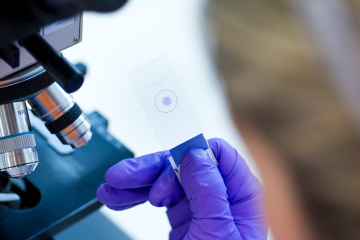Project grant
Development of an air-interface in vitro organ culture model (IVOC) of bovine respiratory epithelium

At a glance
Completed
Award date
April 2006 - September 2008
Grant amount
£145,844
Principal investigator
Dr Alexander Tucker
Co-investigator(s)
Institute
University of Cambridge
R
- Replacement
